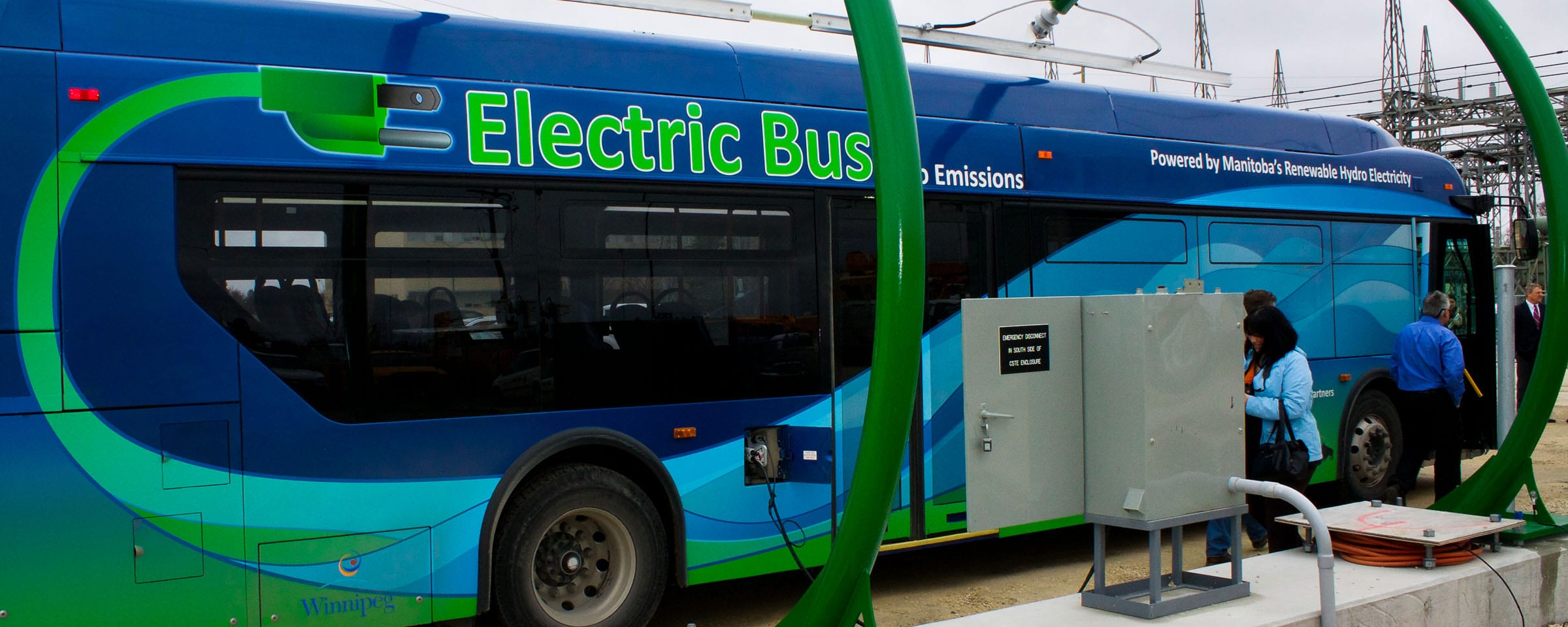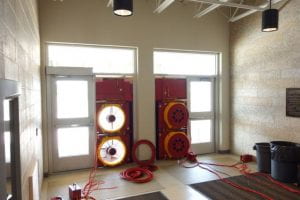The Globe and Mail covers BETAC: Pushing the envelope to make buildings greener
For its building airtightness testing activities at Fort Whyte Alive, Red River College’s Building Envelope Technology Access Centre was recently featured in the Globe and Mail’s Property Report.
Read more about the BETAC →


 There is a growing recognition of the need to establish performance targets for the airtightness of buildings either through regulations or voluntary programs. Before this occurs, further research is required to establish baseline air leakage rates and appropriate building airtightness targets (and, for specific building types/uses such as schools).
There is a growing recognition of the need to establish performance targets for the airtightness of buildings either through regulations or voluntary programs. Before this occurs, further research is required to establish baseline air leakage rates and appropriate building airtightness targets (and, for specific building types/uses such as schools).